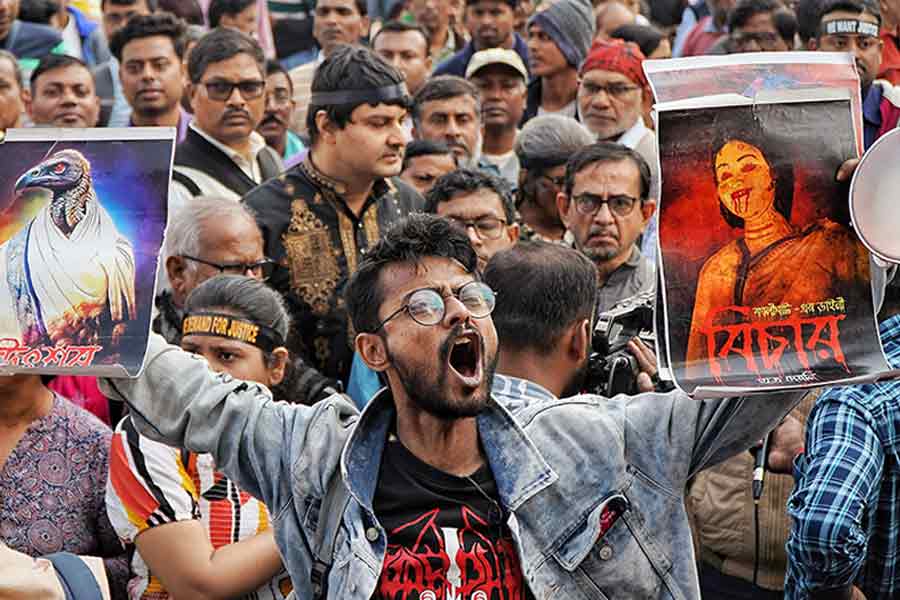Almost everyone in India is exposed year-round to high air pollution levels, measured by fine particulate matter small enough to penetrate deep into the lungs, that exceed the limits adopted by the World Health Organisation (WHO), a new study has shown.
Public health researchers who analysed long-term air pollution levels — through concentrations of particulate matter smaller than 2.5 microns (PM2.5) — have found the lowest to be 11 micrograms per cubic metre, double the WHO limit of 5 microgram per cubic metre, in certain districts of India.
Their study has estimated that long-term exposure to PM2.5 concentrations higher than the WHO limit is potentially associated with 1.5 million deaths a year in India. India’s own limit for PM2.5 set under the National Ambient Air Quality Standards (NAAQS) is 40 micrograms per cubic metre.
The consortium of researchers from academic institutions in India and collaborators in other countries has also estimated 3,00,000 deaths attributed to PM2.5 levels above the NAAQS limit in the study published in the journal Lancet Planetary Health.
“Our study highlights the staggering mortality burden from long-term and chronic exposure to PM2.5,” said Suganthi Jaganathan, a research scholar at the Centre for Health Analytics Research and Trends at Ashoka University, Sonipat, and the study’s lead author.
“It also signals the need for far more stringent actions to lower pollution than we’re seeing at present.” The study with collaborators in Italy, Israel, Sweden and the US is the first to use a methodology to isolate the effect of long-term exposure to PM2.5 and mortality, using annual death statistics across all districts between 2009 and 2019.
The researchers obtained annual PM2.5 concentrations through an artificial intelligence model using satellite data and ground-monitoring observations of air pollution across 1,056 sites across the country.
The researchers say their findings highlight the extent of the mortality burden because of PM2.5 and underpin the need for stricter air pollution guidelines to prevent excess mortality caused by air pollution.
“This study again signals the need to mount stringent air quality management strategies across the country,” said Poornima Prabhakaran, the head of environmental health and senior research scientist at the Centre for Chronic Disease Control, New Delhi, the study’s principal investigator.
Prabhakaran and her colleagues had earlier this year published another research paper that established how daily PM2.5 concentrations below the NAAQS standards are contributing to mortality in 10 large cities across the country. Jairam Ramesh, Congress leader and former Union environment minister, citing the study’s findings, on Thursday called for an “immediate review of the NAAQS which have not been updated since they were promulgated in 2009”.
“Delhi may get headlines, but this is a problem all over India and nationwide efforts are needed,” Joel Schwartz, professor at the Harvard T.H. Chan School of Public Health in the US and the consortium’s principal investigator in the US said in a media release.
“Coal-burning electric plants need scrubbers, crop burning needs to be limited, and most importantly, we need urgent measures to protect population health.”











